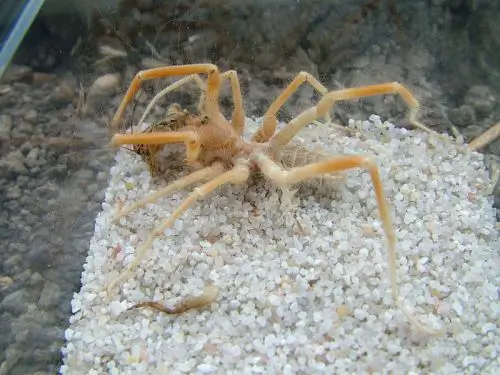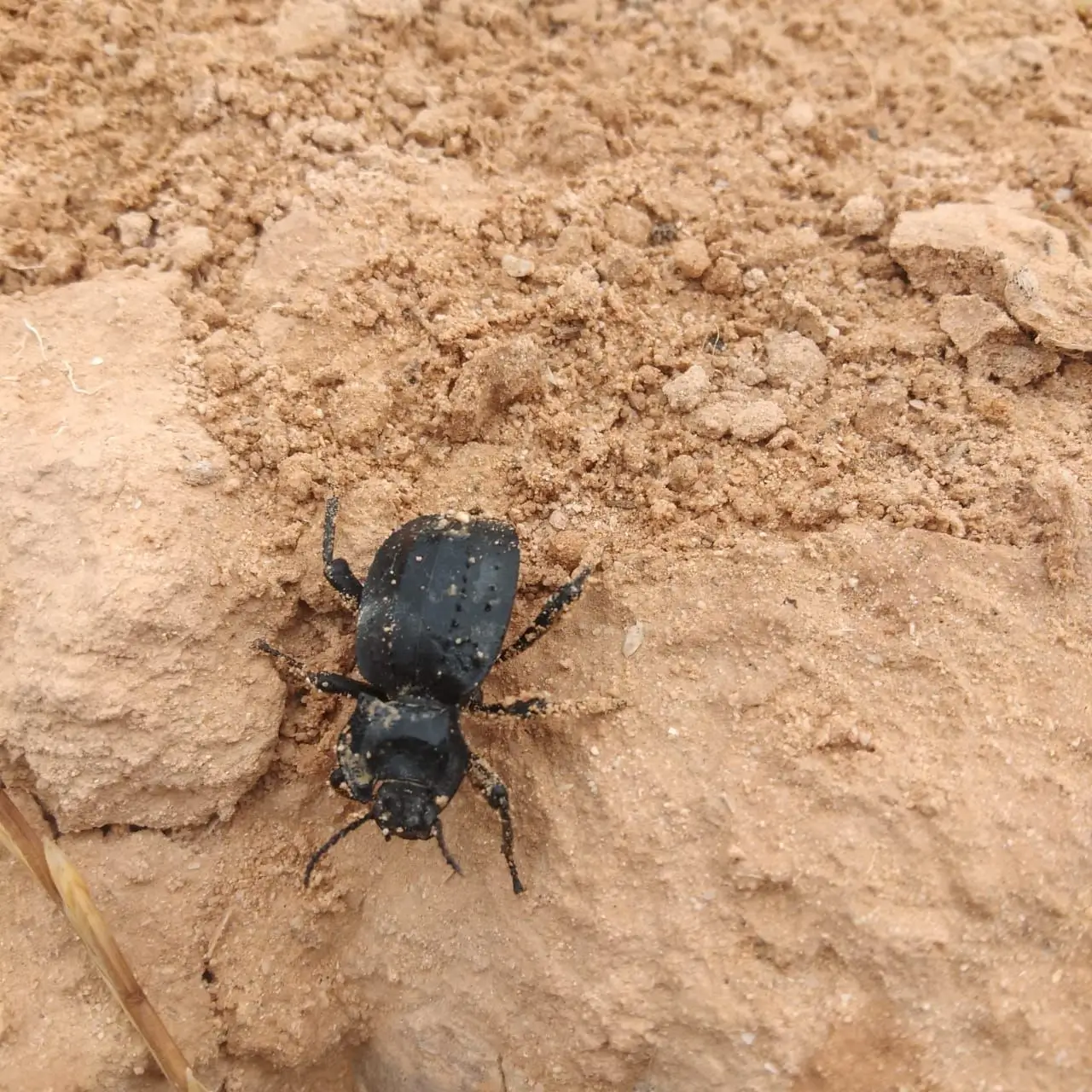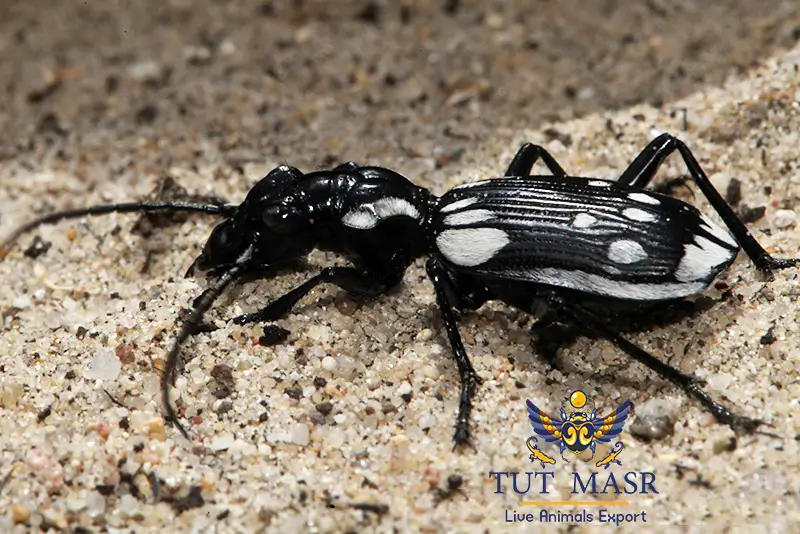Egyptian Insects
Insects of Egypt – Exported by TuT Masr
Egypt is home to a wide range of fascinating insect species that thrive in its deserts, mountains, and oases. Many of these insects play vital roles in the ecosystem, from pollination to pest control. For collectors, researchers, and enthusiasts, Egyptian insects offer unique opportunities for study and conservation.
At Tut Masr, we specialize in exporting high-quality Egyptian insects, ensuring ethical collection and compliance with international regulations. Below, we provide an in-depth look at some of the most remarkable insects found in Egypt.
Solifugae Spider
Camel Spider
The Solifugae Spider, also known as the Camel Spider, is a fast-moving arachnid with powerful chelicerae that it uses for hunting.
- Habitat: Commonly found in desert regions, hiding under rocks and burrows.
- Unique Traits: It is not venomous but has a strong bite capable of cutting through insect exoskeletons.
- Significance: Plays a role in controlling insect populations in arid environments.
Galeodes arabs
Galeodes Albino Spider
A rare species of Solifugae known for its distinct albino coloration.
- Habitat: Primarily found in desert areas with loose sand and rocky terrain.
- Unique Traits: Its light coloration helps it blend into sandy environments, making it a stealthy predator.
- Significance: Valued for research on arachnid adaptations to extreme climates.
Galeodes granti
Sinai Galeodes Spider
A large predatory arachnid native to the Sinai Peninsula.
- Habitat: Dry and rocky desert regions.
- Unique Traits: Uses its long legs for rapid movement, making it an effective hunter.
- Significance: Helps maintain ecological balance by preying on harmful insects.
Argiope Aurantia
Yellow Garden Spider
A large, colorful spider known for its striking yellow and black markings.
- Habitat: Found in gardens, fields, and open areas where it spins large webs.
- Unique Traits: Weaves distinctive zigzag patterns in its web to attract prey.
- Significance: Beneficial in natural pest control by feeding on insects.
Galeodes sp.
Wind Spider (Sun Spider)
A fast-moving predatory arachnid with powerful jaws.
- Habitat: Desert landscapes, particularly under rocks and debris.
- Unique Traits: Known for its speed and ability to hunt at night.
- Significance: Reduces the population of pests such as cockroaches and beetles.
Lycosidae
Wolf Spider
A ground-dwelling spider that hunts actively instead of spinning webs.
- Habitat: Prefers dry, open areas such as deserts and grasslands.
- Unique Traits: Excellent eyesight and strong legs for chasing prey.
- Significance: Plays a crucial role in controlling insect populations.
Centipedes & Millipedes
Fast-moving centipedes are carnivorous, while millipedes feed on decaying plant matter.
- Habitat: Found under logs, rocks, and within the soil.
- Unique Traits: Centipedes have venomous fangs, while millipedes secrete defensive chemicals.
- Significance: Essential for soil health and pest control.
Scarabeus Sacer
Sacred Scarab Beetle
A beetle known for its role in ancient Egyptian mythology.
- Habitat: Desert regions, where it buries dung to lay its eggs.
- Unique Traits: Strong legs for rolling dung balls.
- Significance: Aids in organic waste decomposition and nutrient recycling.
Sphodromantis Bioculata
African Mantis
A large, green praying mantis known for its predatory skills.
- Habitat: Found in gardens, forests, and agricultural fields.
- Unique Traits: Excellent camouflage and fast reflexes.
- Significance: Controls pest populations naturally.
- Habitat: Thrives in warm climates, including Egypt’s agricultural areas.
- Unique Traits: Uses its front legs to grasp prey.
- Significance: An important biological pest control agent.
Anthia Sexguttata
Six-Spotted predator Beetle
A large, predatory beetle known for its speed.
- Habitat: Dry, sandy regions.
- Unique Traits: Releases a defensive spray to deter predators.
- Significance: Helps control harmful insect populations.
Eremiaphila sp.
Desert Mantis
A well-camouflaged mantis that blends into sandy environments.
- Habitat: Arid desert regions.
- Unique Traits: Specialized body shape for desert survival.
- Significance: Effective predator of smaller insects.
















